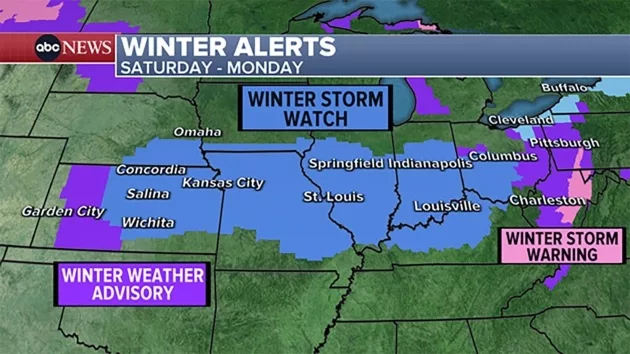
(NEW YORK) — New research from New York University found that public school curriculum is falling short in providing “culturally responsive” education, a blind spot that researchers believe could be failing students across the country.
The study was released just days after the National Assessment of Educational Progress announced that math and reading scores among fourth and eighth grade students across the country are declining.
“Culturally responsive” education infuses the backgrounds, cultures, identities, and lived experiences of the students into the instruction of a classroom. These identities inform a teacher’s communication style, the tools they use in their lessons and more, according to researchers from NYU’s Metropolitan Center for Research on Equity and the Transformation of Schools.
For example, educator and curriculum evaluator Sara Carroll-Muniz said in a press conference that when her students were having difficulty understanding allusion in poetry, she instead sought it out in songs they loved.
“We’re leaning on a lot of old, white poetry to try to get this message across and it just wasn’t clicking,” Carroll-Muniz said at the press conference. “Hip-hop is rife with allusion … it’s just such a wonderful source for exploring that.”
Past research from NYU, in the Journal of Curriculum and Teaching, and the Review of Educational Research has shown that this kind of education positively impacts students of all races and backgrounds, increasing students’ grades, engagement and academic success.
NYU researchers looked at three of the nation’s most widely used elementary school English Language Arts curricula used by millions of students.
It found that all three lacked cultural responsiveness — and researchers even declared some to be culturally “destructive,” by using “superficial visual representations to signify diversity,” without “meaningful cultural context, practices or traditions” and provided “one-sided storytelling that provided a single, ahistorical narrative.”
The study also found that the curricula “used language and tone that demeaned and dehumanized Black, Indigenous and characters of color, while encouraging empathy and connection with White characters.”
One example, study author Flor Khan pointed out, was that “Native Americans were described as docile, distressful, and broad and unusual and what this did was alienate and really like problematize and other BIPOC characters.”
It provided little to no guidance for teachers to engage with their student’s backgrounds, prior knowledge, cultures or opportunities for educators to reflect on their own biases or beliefs.
However, curriculum that resembles cultural responsiveness has been under attack. Legislation or policy changes have been introduced in at least 46 states to regulate how racism, sexism and other forms of discrimination are taught in K-12 classrooms.
Supporters of these laws say that some lessons on race and oppression make students feel guilty, uncomfortable or ashamed based on their race, sex or gender.
Critics say these policies censor teachers and students, and distill or erase certain perspectives from history.
In light of recent news about poor academic scores and the ongoing debate about how to teach children about race and gender, researchers argue that culturally responsive education could be the key to re-engaging with students.
Copyright © 2022, ABC Audio. All rights reserved.





